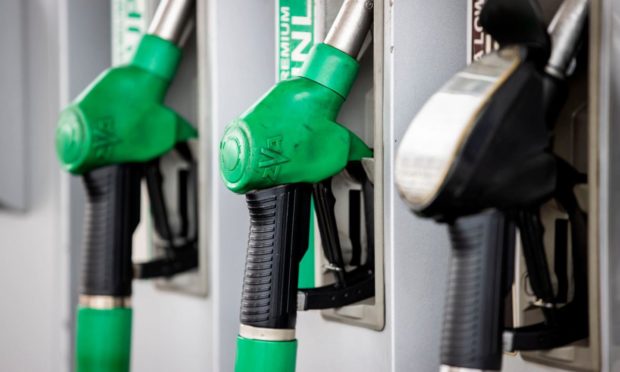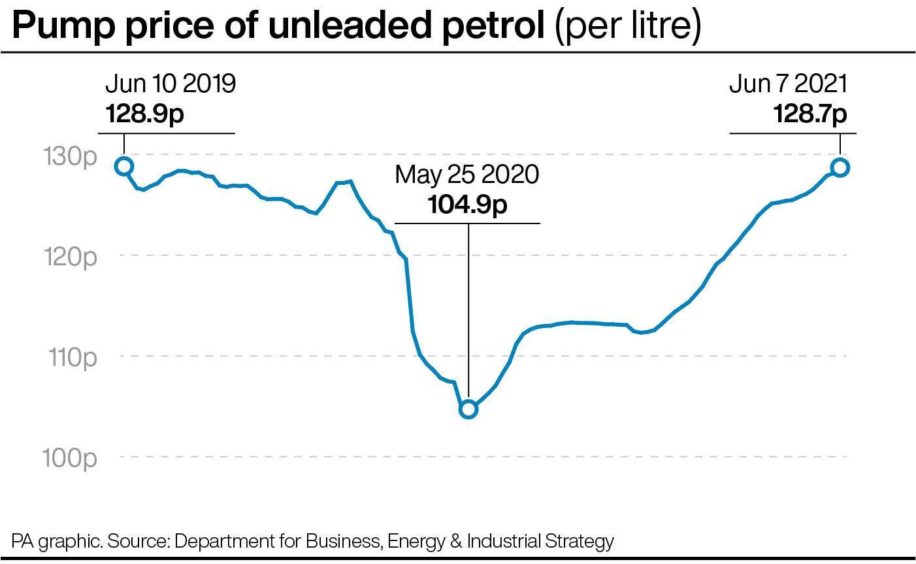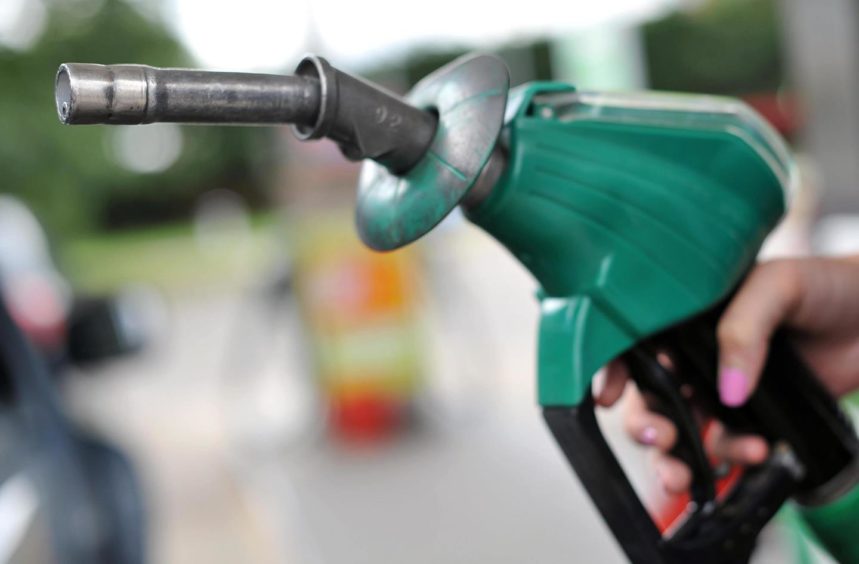Drivers have been warned to brace for further fuel prices rises after petrol hit a two-year high this month.
The warning comes after Government figures showed that a litre of the fuel costs an average of £1.29 at UK forecourts, says Neil Lancefield.
It has not been that expensive since June 2019, according to analysis by the PA news agency, with diesel now costing an average of £1.32 per litre – a level not seen since January 2020.
Motorists are now preparing for further frustrations and more expensive leisure trips, with the likelihood that each garage forecourt visit will continue to stretch family finances.
Petrol and diesel pump prices have now risen every week since the middle of last November – almost seven months in total.
Steve Gooding, director of motoring research charity the RAC Foundation, said: “Petrol and diesel pump prices have now risen every week since the middle of last November – almost seven months in total.
“The increase is being driven by demand for oil with Brent Crude now above $70 US a barrel compared with around $20 US a barrel a little over a year ago.
“This in itself mirrors the rise in travel with weekday car traffic in the UK now back to where it was pre-pandemic.
“It looks like people who are looking forward to getting out and about in the good weather we’re having, eagerly awaiting the ending of the remaining Covid restrictions, will have to dig ever deeper into their pockets to fill up the family car if, as seems likely, the cost of forecourt fuel keeps on rising.”
Luke Bosdet, the AA’s fuel price spokesman, said: “The speed of the price rises at a time when drivers are beginning to travel much longer distances is a post-lockdown shock for many.”
Average fuel costs were just £1.05 per litre of petrol and £1.12 per litre of diesel in May 2020, when the global shutdown caused by the coronavirus pandemic led to a collapse in the value of oil.
Since then, the cost of filling up a typical 55-litre car has risen by around £13 for petrol and £11 for diesel.


